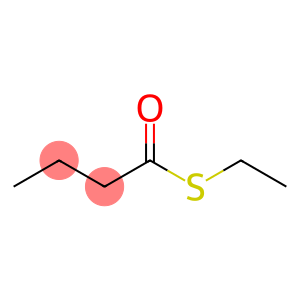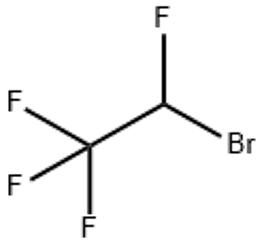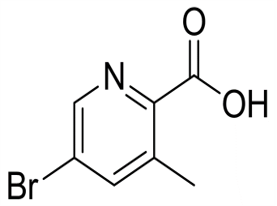trans-Methyl crotonate(CAS#623-43-8)
| Risk Codes | R11 – Highly Flammable R36/37/38 – Irritating to eyes, respiratory system and skin. |
| Safety Description | S16 – Keep away from sources of ignition. S26 – In case of contact with eyes, rinse immediately with plenty of water and seek medical advice. S36 – Wear suitable protective clothing. S9 – Keep container in a well-ventilated place. S33 – Take precautionary measures against static discharges. |
| UN IDs | UN 3272 3/PG 2 |
| WGK Germany | 2 |
| RTECS | GQ5710000 |
| TSCA | Yes |
| HS Code | 29161980 |
| Hazard Class | 3 |
| Packing Group | II |
Introduction
Methyl crotonate (trans), also known as bovine methyl ester, is an organic compound. The following is an introduction to some of the properties, uses, preparation methods and safety information of methyl crotonate (trans):Quality:- Methyl crotonate (trans) is a colorless to pale yellow liquid with a pungent odor.- It is soluble in alcohols, ethers, and organic solvents, but insoluble in water.- Methyl crotonate (trans) is irritating to the skin and mucous membranes and is a toxic substance.Use:- Methyl crotonate (trans) is commonly used in industry as a solvent and mordant.- It is also used as an intermediate in the production of organic synthetic chemicals.- Methyl crotonate (trans) is also used in the preparation of fragrances and dyes.Method:- Methyl crotonate (trans) can be prepared by reacting crotonic acid with methanol.- This reaction is usually carried out under acidic conditions, and the commonly used acid catalysts are sulfuric acid, etc.- After the reaction is complete, purify by distillation to obtain methyl crotonate (trans).Safety Information:- Methyl crotonate (trans) is a toxic substance that can cause irritation and damage if it comes into contact with the skin and is inhaled.- Wear appropriate protective gear, such as gloves and respirators, when using.- Avoid contact with eyes and skin, and maintain a well-ventilated environment.- In case of accidental contact with methyl crotonate (trans), rinse immediately with plenty of water and consult a doctor.








